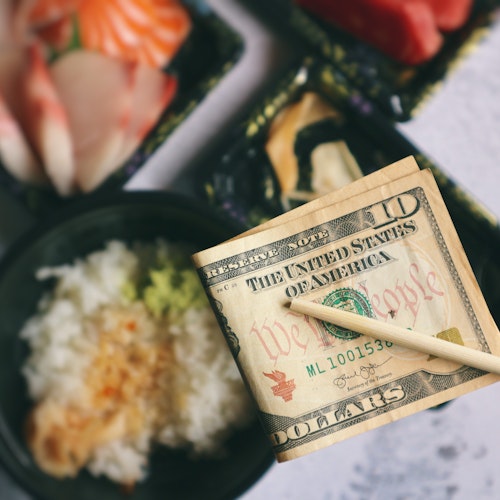
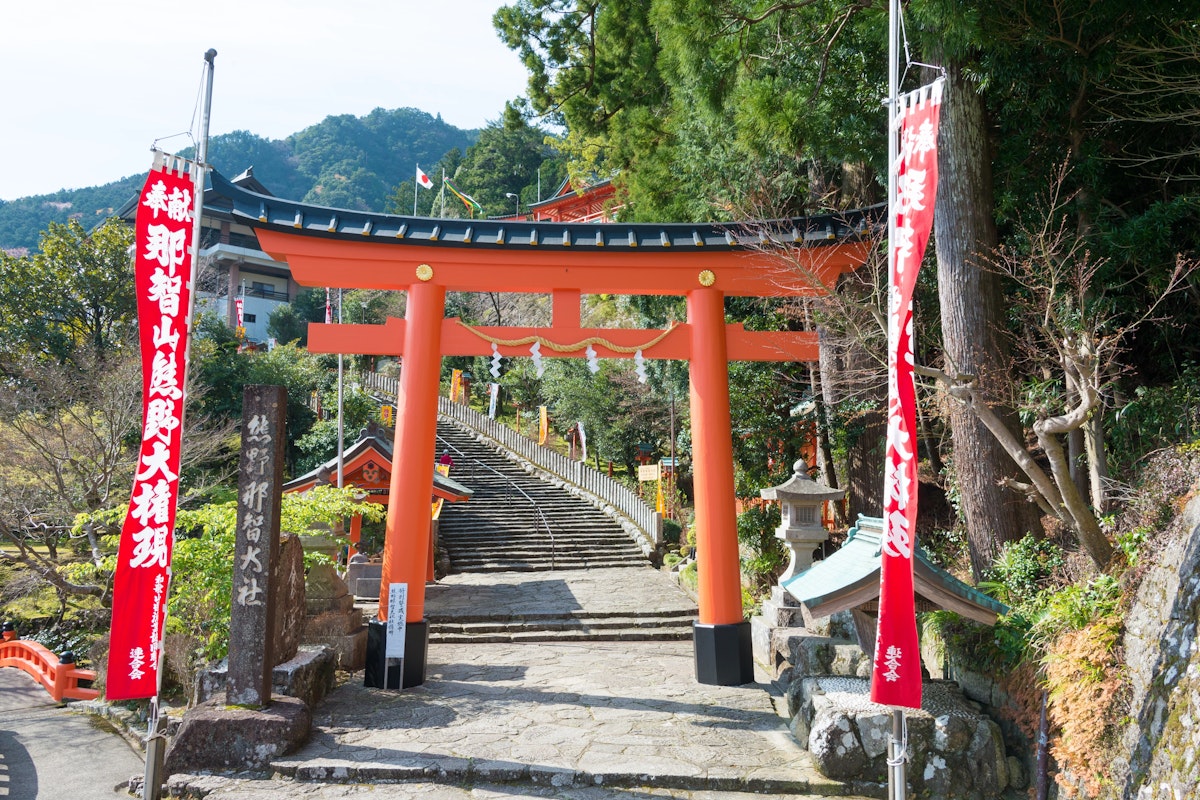
Japan's spiritual heritage is a tapestry woven from ancient beliefs, rituals, and sacred landscapes. Pilgrimage routes and spiritual treks in the Land of the Rising Sun offer a glimpse into this rich history and a transformative journey for the soul.
From UNESCO World Heritage sites to mountain passes, these routes are a window into Japan's heart.
Understanding pilgrimage routes and spiritual treks in Japan means diving into a rich tapestry of faiths, rituals, and natural landscapes. Whether they lead to mountain-top shrines or ancient temples, these routes blend spiritual enlightenment and physical challenge.
From the well-trodden paths of Shikoku Henro to the serenity of Mount Koya, each route holds its unique allure, often revealing more profound aspects of Japan's cultural and spiritual fabric. The pilgrimages are a test of physical endurance and an opportunity for soul-searching and inner peace.
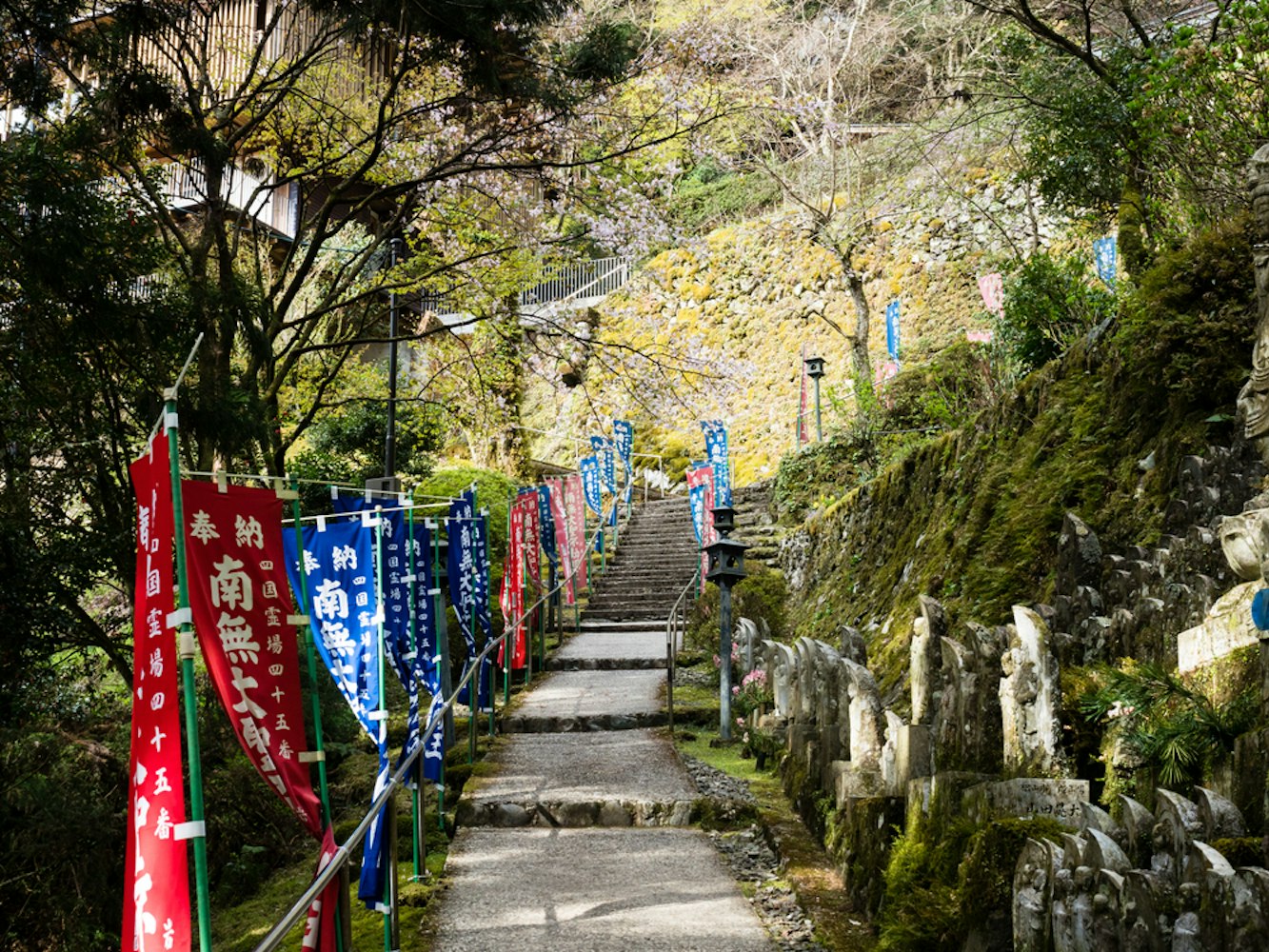
The Shikoku Henro, one of only two pilgrimage routes in Japan, is a spiritually enriching circuit that takes pilgrims through 88 temples across the island of Shikoku. This ancient pilgrimage route traces its origins back to the Buddhist monk Kobo Daishi, who founded the esoteric Shingon school of Buddhism, Steeped in historical significance.
Key temples such as Ryozen-ji, the starting point, and Okubo-ji, the final temple, offer unique rituals and experiences that encapsulate the journey's spiritual essence, from chanting sutras to offering prayers in traditional white pilgrim attire. When embarking on this transformative path located on Shikoku, a few tips can enhance your experience.
Tips:
Comfortable shoes are crucial for the long and arduous trail.
Always check the weather, as conditions can change rapidly.
Learn and respect local customs, especially when entering temples.
Physical preparation is advisable as some parts of the pilgrimage may be demanding.
Consider a guided tour if you're new to the experience for a more enriching journey.
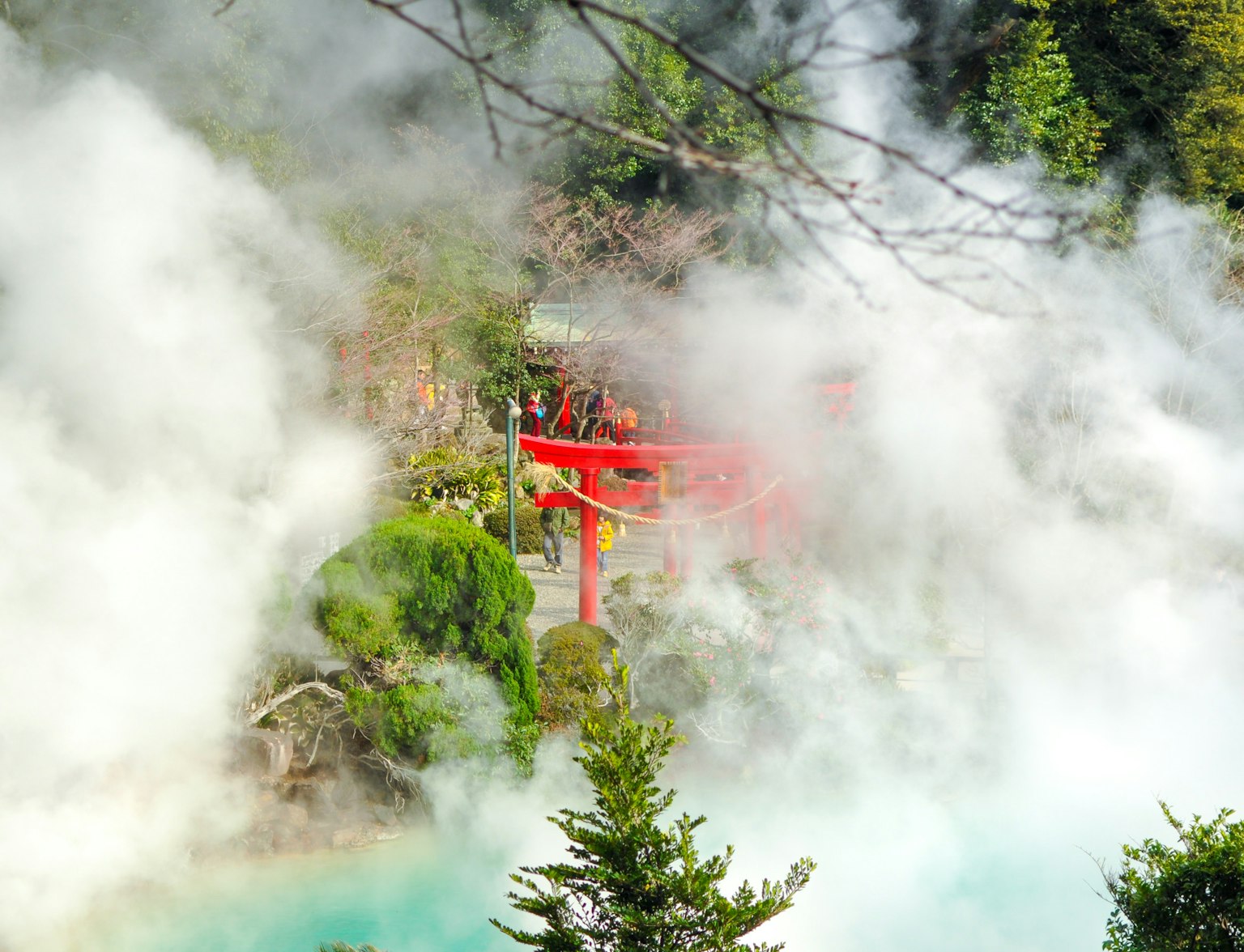
Visit temples in Shikoku with this private bus tour.
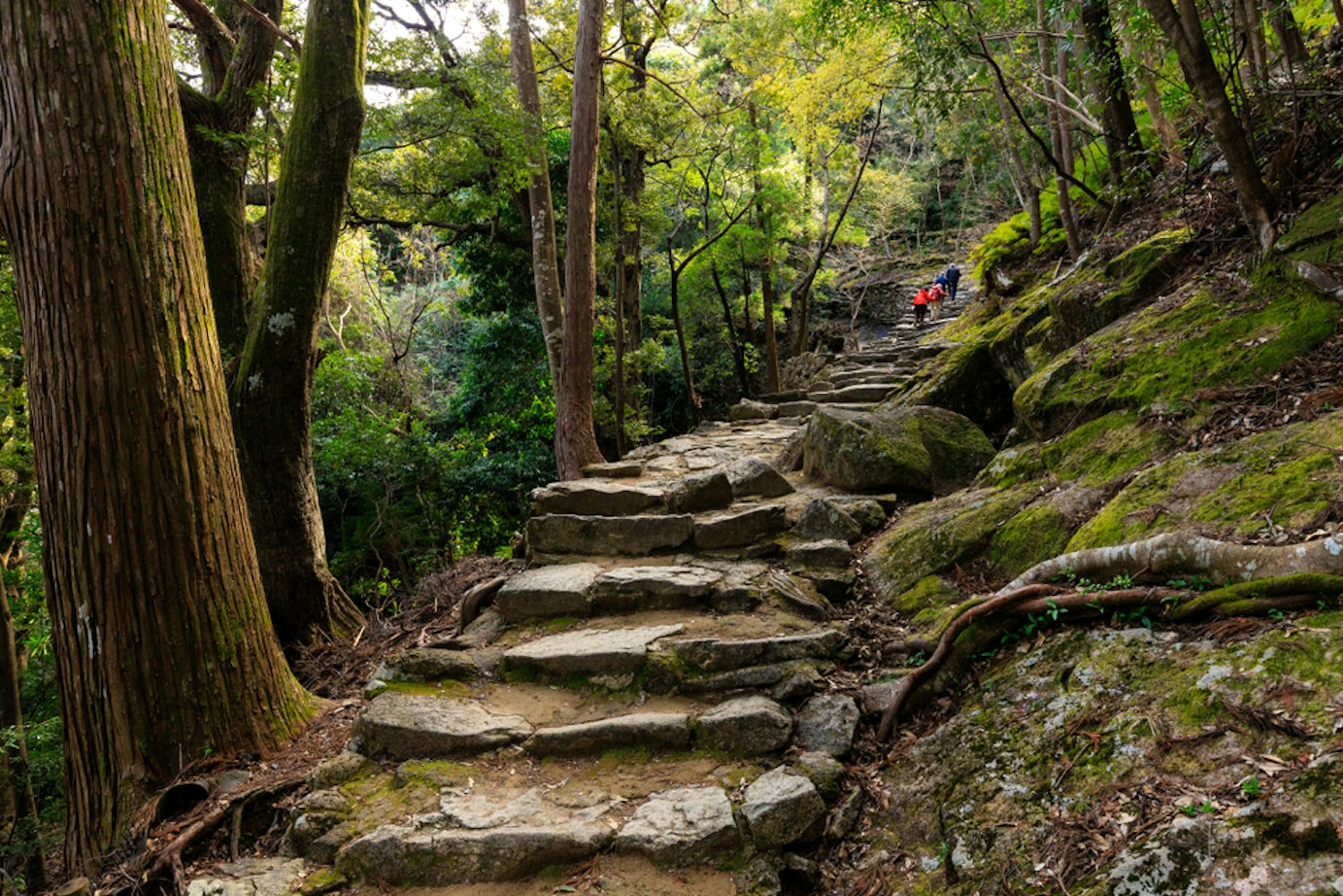
The Kumano Kodo Pilgrimage Route is a network of ancient pilgrimage routes located on the Kii Peninsula, and it holds the prestigious UNESCO World Heritage site status, underscoring its immense cultural and historical significance. This revered path offers a journey that intertwines a unique blend of Shinto and Buddhist beliefs, symbolized by the Three Grand Shrines situated along various Kumano Kodo routes and other sacred sites.
The pilgrimage serves as a spiritual expedition and showcases the region's natural beauty, from mountain passes to the Pacific Ocean. When embarking on this spiritually enriching experience, several tips can make your journey more fulfilling.
Tips:
Wear durable hiking boots for the varied terrains you'll encounter.
Stay hydrated, particularly during the hot and humid summer months.
Be meticulous in planning your itinerary, considering lodging and travel arrangements.
Try to understand the religious customs tied to both Shinto and Buddhist sites you'll visit.
If you're new to the experience, consider hiring a local guide for deeper insights into the pilgrimage's historical and spiritual dimensions.
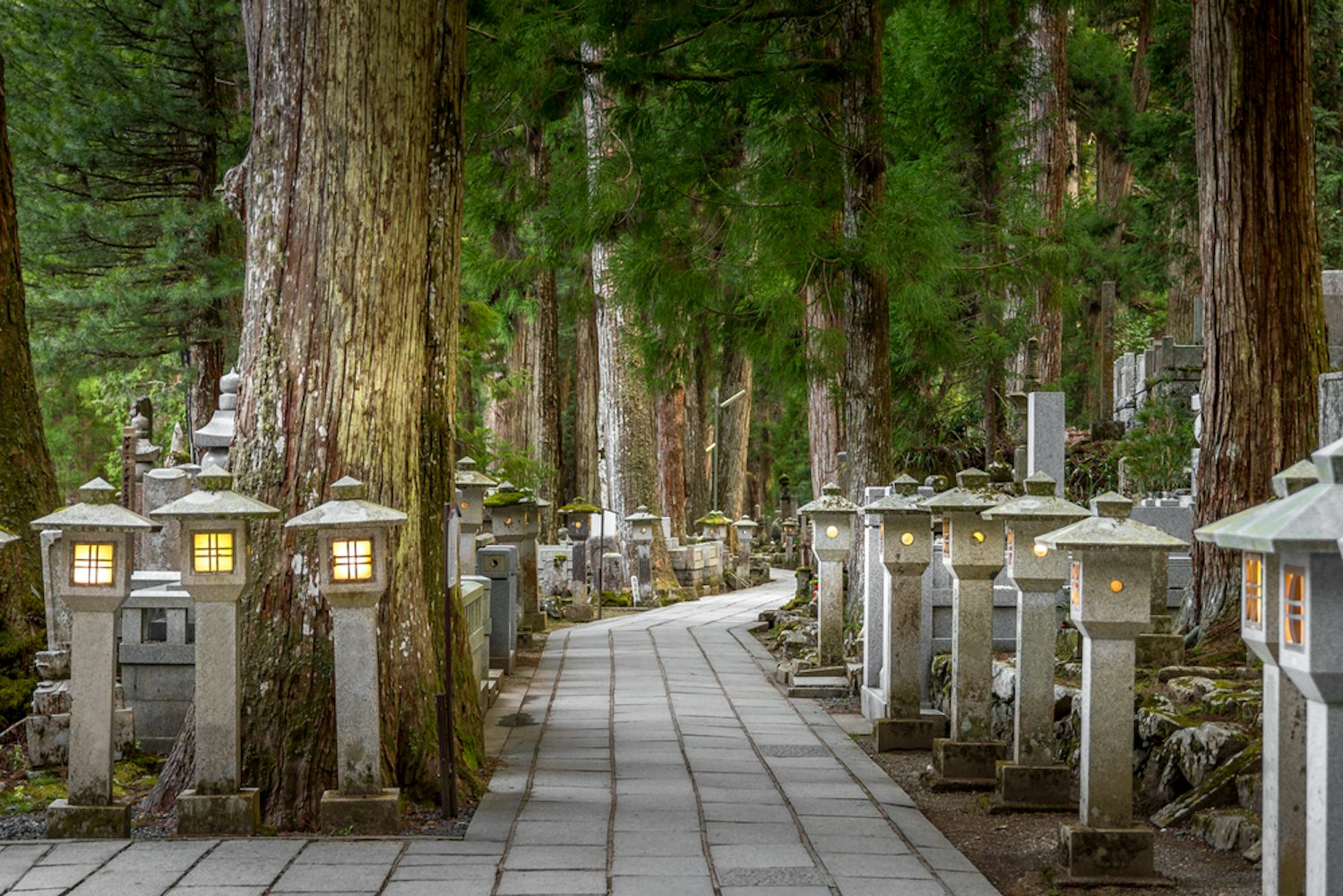
Mount Koya, commonly known as Koyasan, is a crucial hub for Shingon Buddhism, an esoteric school founded by Kobo Daishi. Accessible by Shinkansen bullet trains and a vital part of the more extensive pilgrimage trail, Koyasan is a sought-after destination for those on a spiritual journey.
The Okunoin Cemetery, a place of serene beauty, not only houses the mausoleum of Kobo Daishi but also offers visitors a tranquil setting for reflection. When planning a trip to this important spiritual center, several tips can enhance your experience.
Tips:
Wear attire that respects the monastic setting of Mount Koya.
Secure your accommodations well in advance due to the popularity of the site.
Be mindful while wandering through the sacred grounds of Okunoin Cemetery.
Utilize local transit options for convenient travel in the hilly terrain.
Engage in temple rituals or ceremonies to enrich your spiritual experience.
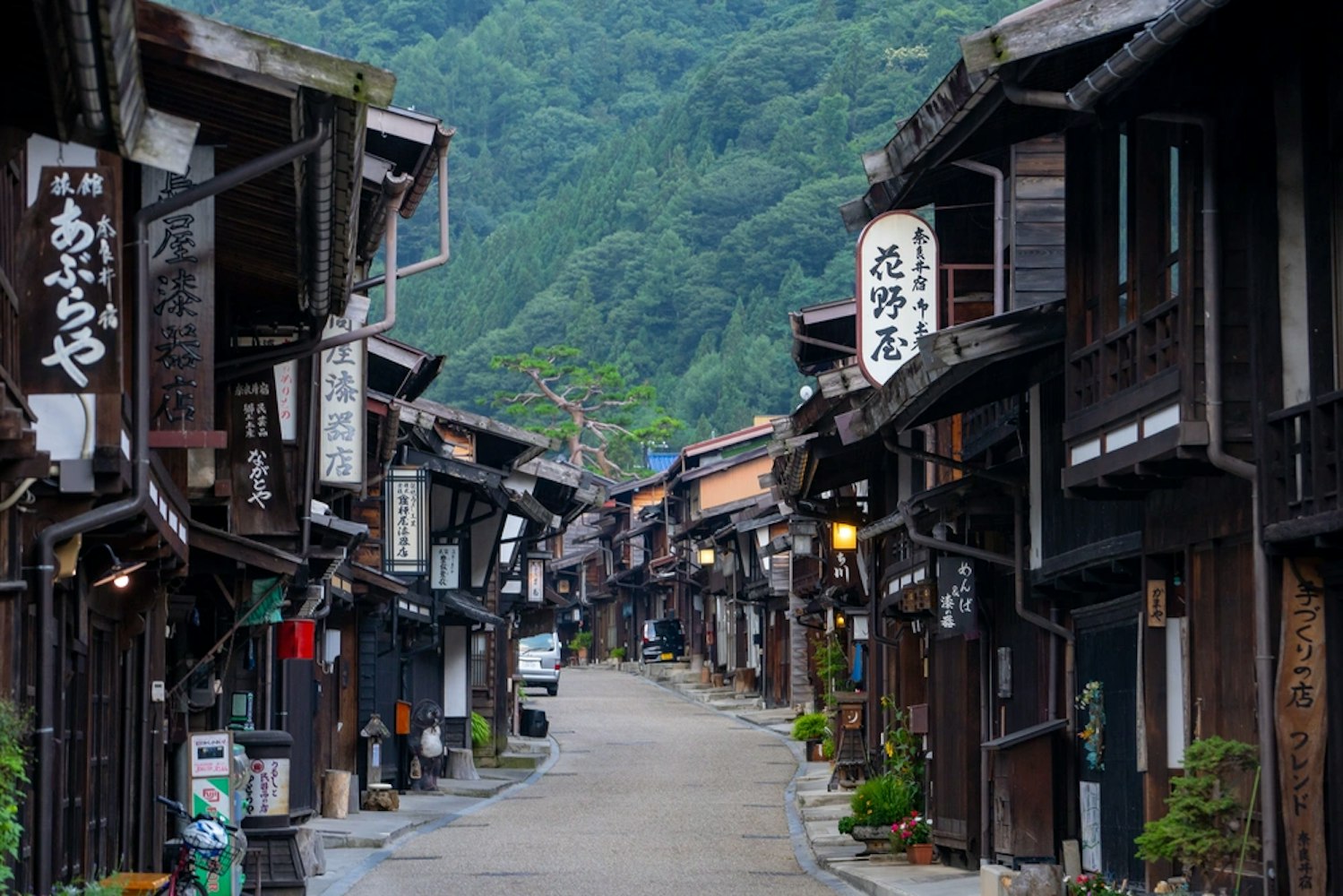
The Nakasendo was historically a vital samurai route that connected Tokyo and Kyoto, offering travelers today a window into the romance and traditions of ancient Japan. As you journey along this preserved route, you'll come across post towns that have maintained their historical charm, complete with traditional inns, wooden buildings, and cobblestone paths.
The route allows for a rich exploration of Japanese culture against a backdrop of scenic landscapes, from dense forests to rolling hills. The essence of old Japan is palpable here, making it a profoundly enriching experience for anyone interested in history and culture.
Tips:
Wear comfortable footwear suitable for varied terrains.
Opt to stay in post-town inns to immerse yourself in historical Japan.
Carry cash for small shops that may not accept credit cards.
Research and appreciate the cultural significance of the post-towns you visit.

Slip through time and visit the Japan of 400 years ago!
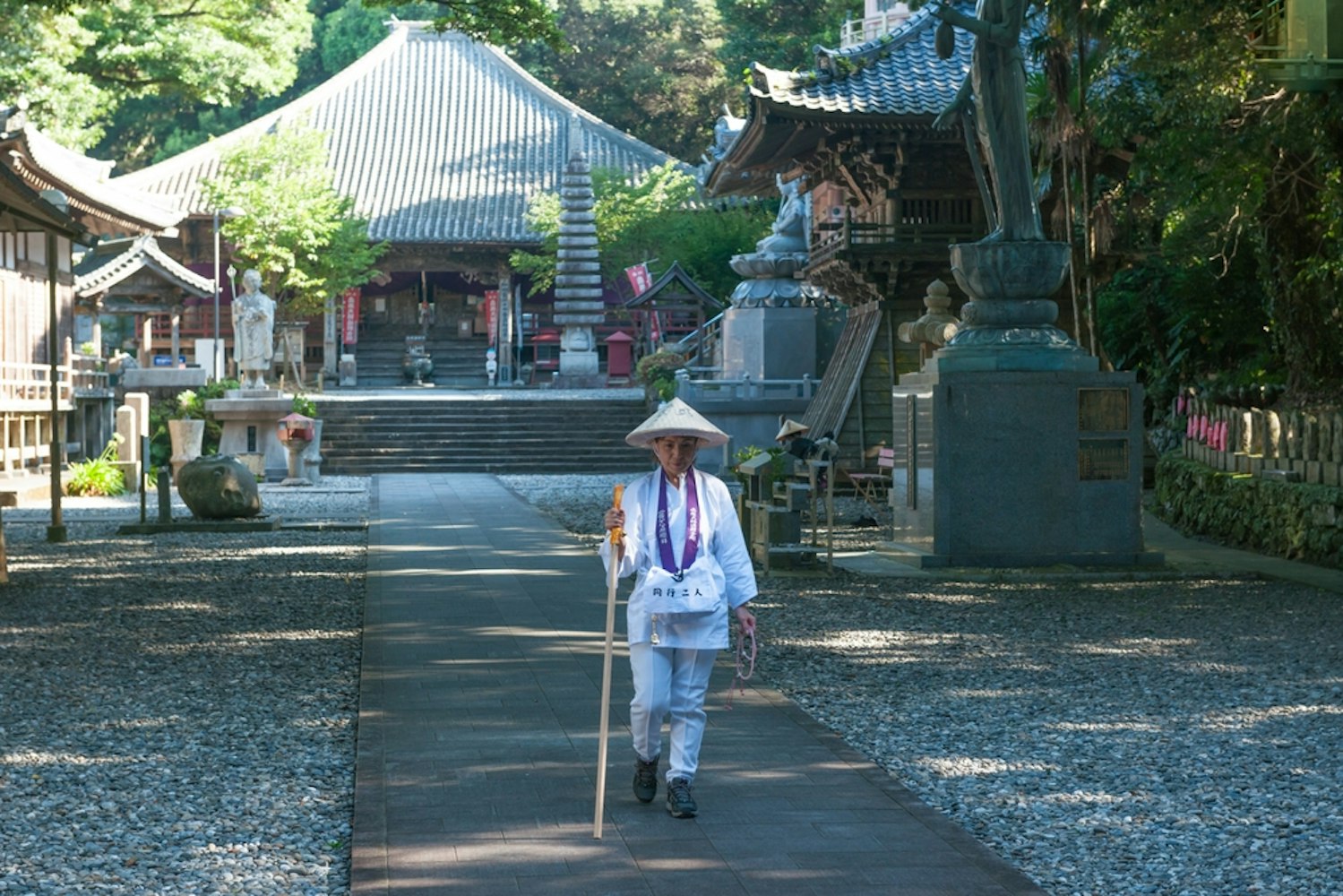
The Henro, also known as the Shikoku Pilgrimage, invites travelers to embark on a spiritual journey across 88 temples on the island of Shikoku. This pilgrimage is deeply rooted in the Buddhist tradition and is widely considered Japan's most famous pilgrimage circuit.
The trek provides an intimate perspective on spirituality, personal enlightenment, and the richness of Japanese religious culture. Whether you're a devout practitioner or a curious traveler, the Henro offers a transformative experience that connects you to centuries-old traditions and landscapes.
Tips:
Wear the traditional white pilgrim attire to immerse yourself in the experience fully.
Learn some essential sutra chants to participate in temple rituals.
Stay hydrated and pack some energy-boosting snacks for the long walks.
Keep a journal to record your thoughts and experiences during the pilgrimage.
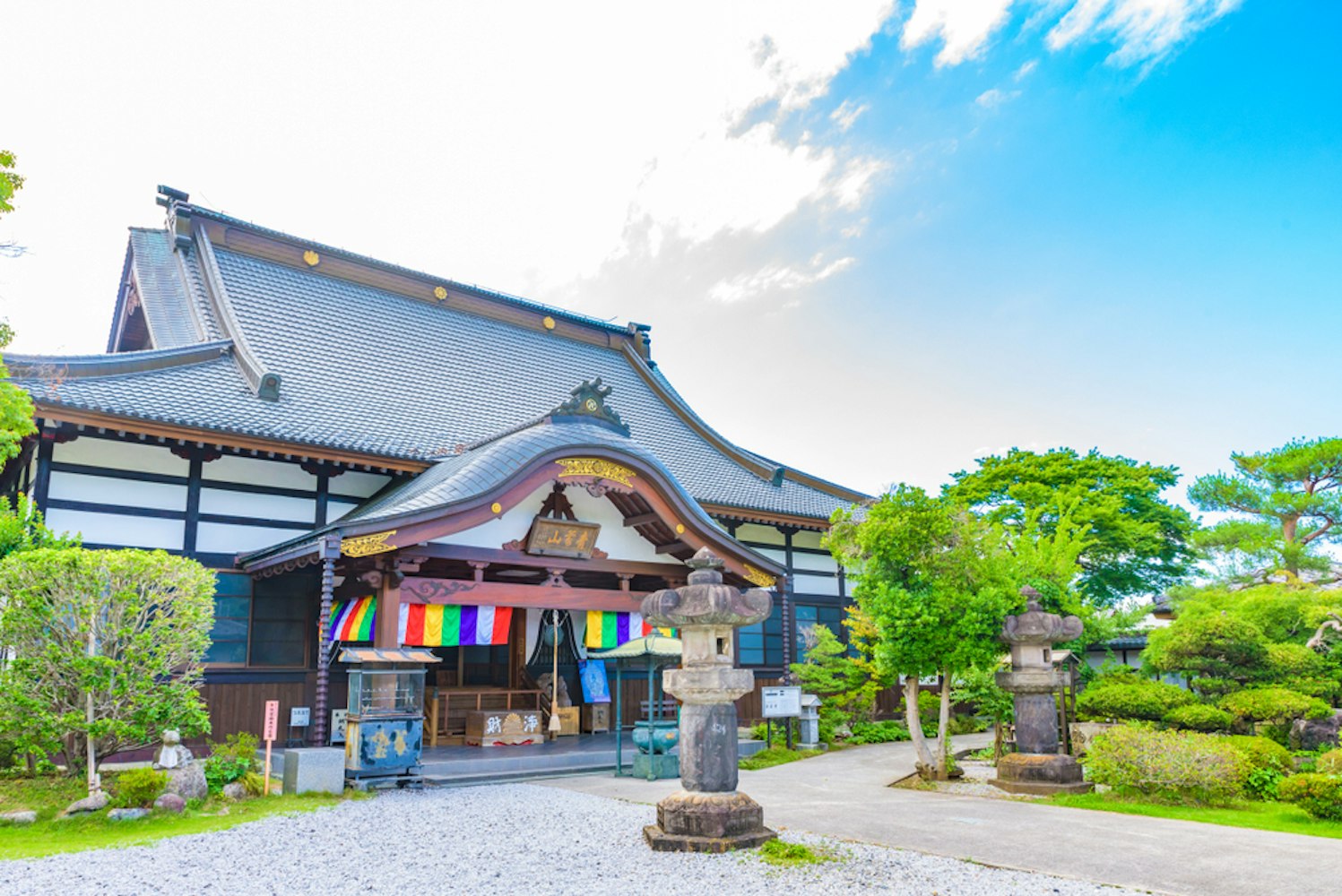
The Chichibu-34 Kannon Temple Circuit takes pilgrims on a spiritual journey through the diverse landscapes of Saitama, offering a unique exploration of Buddhist teachings focused on compassion and enlightenment. Each of the 34 temples is dedicated to a different form of Kannon, the deity of mercy, which adds layers of spiritual depth and significance to the pilgrimage.
The route, steeped in cultural richness, allows travelers to engage deeply with Buddhist teachings while enjoying the region's scenic beauty. Whether you're a spiritual seeker or a curious traveler, Chichibu offers a profoundly enriching experience steeped in both natural beauty and centuries-old religious traditions.
Tips:
Dress respectfully to enter temples; modest attire is a must.
Carry a guidebook or use a guided tour to learn about the unique significance of each Kannon deity.
Keep a reusable water bottle to stay hydrated.
Respect the tranquility and spiritual atmosphere of the temples.
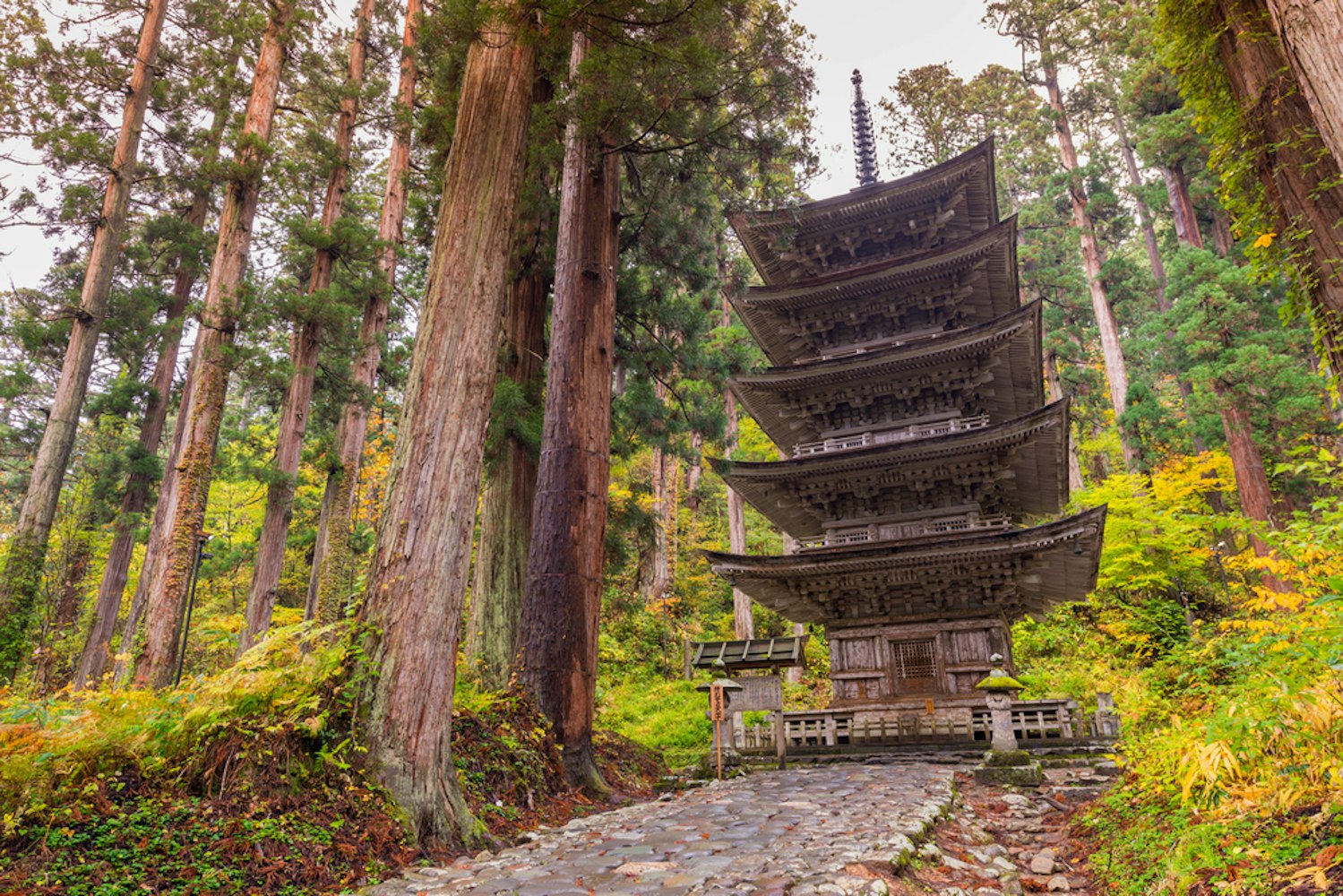
The Dewa Sanzan pilgrimage is a journey to rebirth that takes you through three sacred mountains: Haguro, Gassan, and Yudono. Each mountain symbolizes a different stage of life--birth, death, and rebirth--and offers unique rituals and experiences to deepen your spiritual understanding.
Walking amidst towering 300-year-old cedars and conquering 2,446 stone steps bring physical and spiritual challenges that make the pilgrimage a transformative experience. This age-old ritual connects you to nature, history, and spirituality in a way few other journeys can match.
Tips:
Wear sturdy hiking boots for the rough terrains and extended staircases.
Carry some cash for donations and small purchases, as not all places accept credit cards.
Plan to visit all three mountains to complete the birth, death, and rebirth cycle symbolized by Dewa Sanzan.
Stay overnight at pilgrim lodgings known as Shukubo for a complete spiritual experience.

Mt. Mitoku provides a challenging ascent that offers immense spiritual rewards, set against a backdrop that includes distant views of the Pacific Ocean. As you climb, the pilgrimage trail brings physical and spiritual purification, pushing your limits while enriching your soul.
One of the journey's highlights is the Sanbutsu-ji Temple, a national treasure representing an architectural marvel in a nearly inaccessible mountain setting. Nestled close to the famous Taisha Shrine, the temple and the mountain form a holistic pilgrimage experience, blending physical challenge with spiritual enlightenment.
Tips:
Wear appropriate hiking gear; the ascent can be steep and treacherous.
Take enough water and some energy snacks; no shops are nearby.
Visit Sanbutsu-ji Temple early in the day to explore its treasures.
Carry a small offering for the Taisha Shrine to pay your respects.
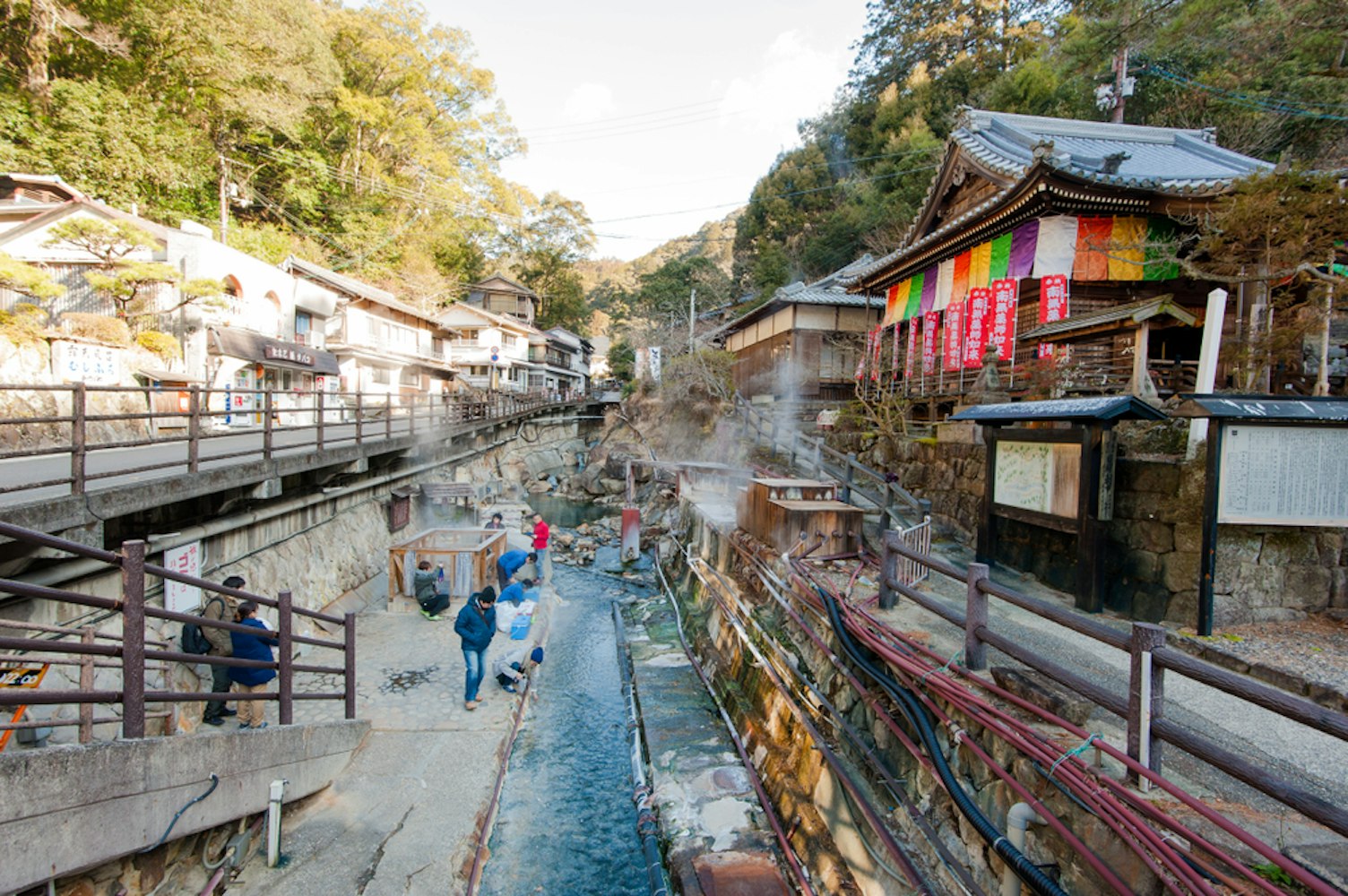
Yunomine Onsen is a hidden gem in the heart of the sacred Kii Mountains, widely recognized as Japan's oldest hot spring. The onsen, or hot spring, is nestled within the Kumano Kodo pilgrimage route, giving pilgrims and travelers alike a chance to rejuvenate spiritually and physically. This legendary onsen has been a center for purification and healing for over 1,800 years, providing therapeutic mineral-rich waters.
Tips:
Make a reservation in advance, especially during peak seasons, as the area's accommodations can fill up quickly.
Bring your own towels and toiletries, although most places do provide basic amenities.
Respect the bathing rituals and etiquette. If you're new to the onsen experience, read up or ask locals for guidance.
Try to visit during weekdays to avoid the weekend crowds for a more peaceful experience.
When planning your pilgrimage journey in Japan, one of the most important factors to consider is the best time to visit. Balancing weather conditions, festival seasons, and crowd density can significantly impact your experience.
Spring and fall are generally the most favorable seasons, offering mild temperatures and less rainfall while avoiding the summer and winter tourist rush. Coinciding your visit with local festivals can add a unique cultural layer to your pilgrimage, but be prepared for larger crowds during these times.
Pack lightweight, moisture-wicking clothing to adapt to fluctuating weather conditions.
Always include sturdy, comfortable hiking boots already broken in; blisters can ruin your pilgrimage.
Carry a reusable water bottle to not only stay hydrated but also contribute to reducing plastic waste.
Bring a guidebook or map designed for the pilgrimage route you're embarking on; it'll be your best guide.
Consider packing a small first-aid kit with essentials like band-aids, antiseptics, and pain relievers.
Sunscreen and insect repellent are must-haves, especially when traveling in warmer seasons.
Carry a lightweight raincoat or poncho; you can never fully trust the weather forecasts.
Keep some cash on hand for donations, offerings, or small purchases; not every place will accept cards.
Snacks like energy bars or dried fruits can be lifesavers during long walks or climbs.
A small notebook or journal to jot down reflections or observations can enhance your spiritual experience.
Staying respectful during your journey is crucial, especially when entering sacred spaces with profound significance for locals. Understand the etiquettes like bowing upon entering a temple and dress modestly, covering shoulders and knees.
Silence your phone and speak in hushed tones to maintain the tranquility of the space. Lastly, always follow the guidelines provided at each site, whether removing your shoes before entering a shrine or following a specific ritual; these rules are part of the spiritual fabric that makes each pilgrimage site unique.
Japan's network of sacred paths offers a journey through breathtaking landscapes and a passage into the depths of the human soul. These pilgrimage routes and spiritual treks resonate with the timeless allure that has captivated pilgrims for generations.
They weave together Japan's rich spiritual heritage, the transformative power of travel, and a profound respect for nature. So, whether it's the Ohechi route, Iseji route, or Kohechi route, each path offers its unique tapestry of experiences, ready to enrich your spiritual voyage.
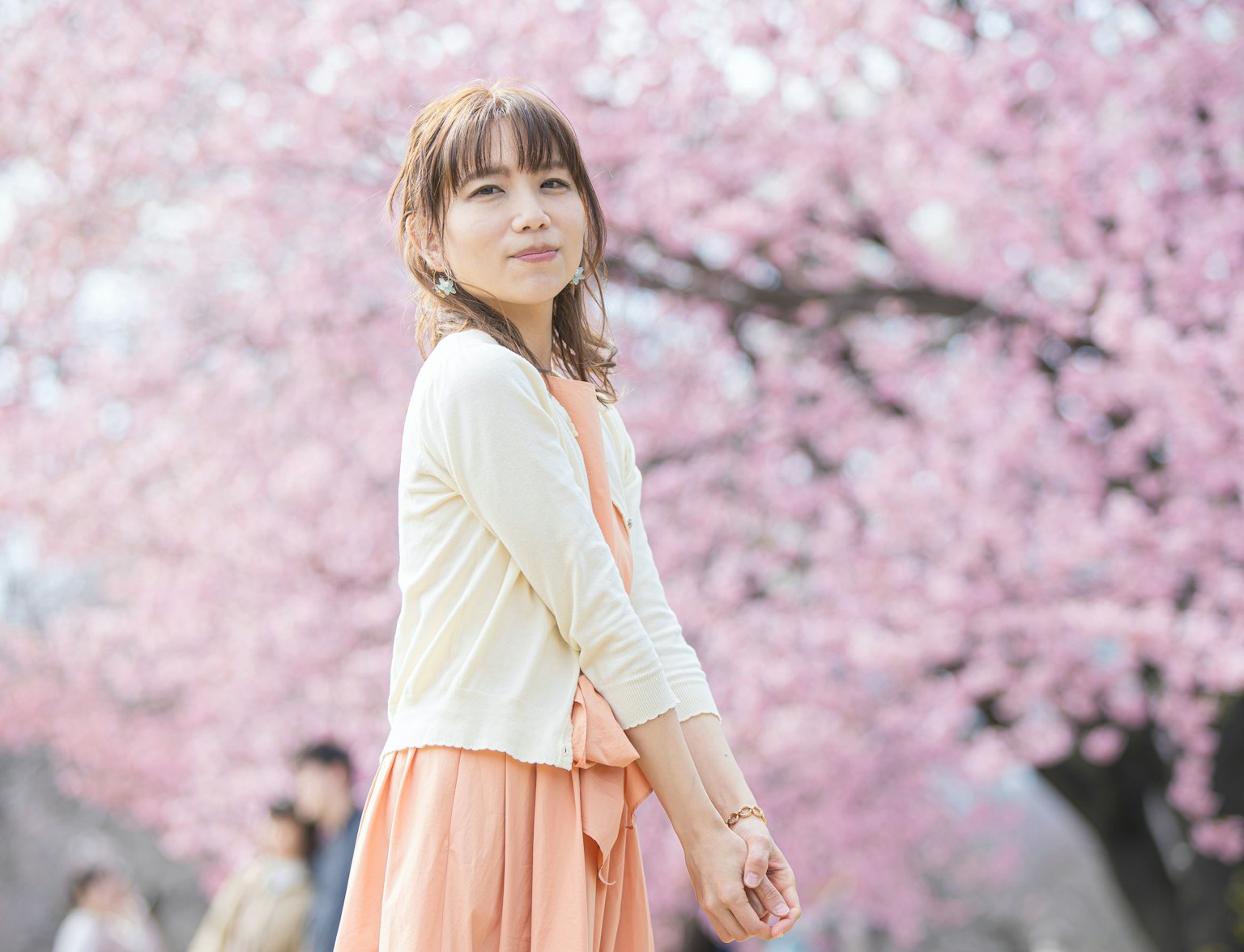
Visit one of the UNESCO World Heritage Sacred Sites and Pilgrimage Routes in the Kii Mountain Range.



